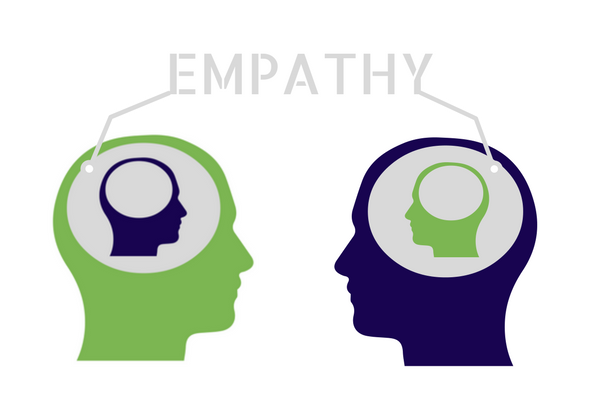
In the context of the English HSC, the term “unseen texts” often carries a sense of uncertainty and challenge. However, when we delve deeper, the idea of an “unseen” text becomes less about the unfamiliarity of its content and more about our ability to connect with it. Despite the newness of the material, we all share a universal trait — human empathy. This intrinsic understanding of emotions, struggles, and experiences transcends boundaries of time, culture, and personal background.
The beauty of this lies in our capacity to recognize and relate to human experiences, whether through literature, poetry, or other forms of expression. Unseen texts, then, are not entirely “unseen”; they merely require a conscious effort to bridge the gap between the author’s message and the reader’s understanding. The themes explored in these texts — such as loss, love, conflict, or triumph — resonate with the collective human experience, which is, in essence, universal.
When we approach a text with empathy, we step into the shoes of the characters or the writer, seeing the world through their eyes. This human connection helps us comprehend the underlying messages and the emotional weight carried by the text. It encourages us to appreciate the layers of meaning beyond just words, allowing us to draw from our own experiences and insights.
Thus, the challenge of unseen texts in the English HSC is not about confronting the unknown but rather about recognizing that, at a fundamental level, we already have the tools to understand and interpret them. Our shared human experiences make these texts more accessible than we might initially think. All it takes is a willingness to listen, reflect, and connect.
Mary Diamond

